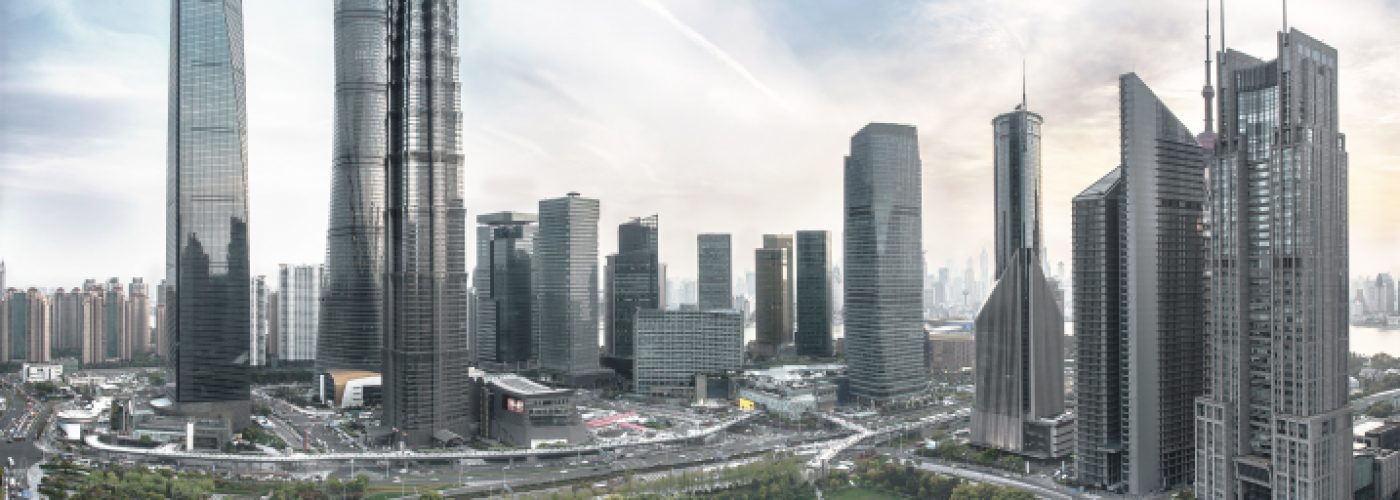The next 12 months will be a critical time for housebuilders, with new requirements set to come into place imminently, dictating a building’s energy efficiency. Recently published changes to Part L of the Building Regulations have set new standards and requirements for the energy performance and carbon emissions of all new and existing buildings from July 2022 – meaning buildings will require air permeability testing as well as a photo log of building details and thermal elements, both during construction and at completion.
Following this, the upcoming Future Homes Standard, set to be implemented in 2025, will see the housing and construction industries take a huge step in assisting the UK government to meet its 2050 net zero target. However, with “Net Zero” being viewed as a buzzword for 2021, there is a big concern that construction firms are rushing to make drastic changes to the way they work, in an aim to reduce their carbon footprint, without fully understanding the implications and effectivity.
“There is increased pressure on individuals and businesses globally to reduce their carbon footprint, but many don’t fully understand what this means or entails,” said Matt Lees, Head of Engineering at Cadline. “Many are unaware of what their current carbon footprint actually is so jump on the bandwagon and dive in headfirst – overspending without getting results. By taking a step back and using technology to measure current emissions and plan actions, we can ensure businesses are making the most cost-effective decisions and getting a return on investment.”
Technology provider Cadline has partnered with a building consultancy, Netzero Building Solutions , to support businesses in complying with new sustainability regulations and meet targets. Collectively they are urging businesses to assess their building’s own current emissions and map out a plan before taking any actions – to fully prepare costs, changes and effectiveness – before rushing into lengthy and costly projects to satisfy the latest buzzword requirements.
“With around 45% of the UK’s emissions coming from buildings alone, we all know the industry needs to improve, however, it needs to be done carefully and effectively to streamline actions and maximise results. Our goal is to help clients be self-sufficient, providing them with the tools to manage their sustainability effectively in the long-term,” added Laura Farr, from Netzero Building Solutions.
Using Cadline’s DynamicAIM technology, Netzero Solutions can create a digital twin of a building to assess its current carbon emissions– mapping everything from energy consumption, ventilation systems and operation manuals – in order to produce recommendations and record improvements.
DynamicAIM is an invaluable tool for all BIM, survey and asset information – digitising the asset’s build details and contents so property owners and managers can securely store and access vital information relating to building materials, safety and energy consumption, ensuring they have a permanent digital log that can be updated in real-time.
Once an initial survey has been carried out, recommendations are produced – such as changes to energy generation within a building or new installations to monitor energy consumption. With a two-week lead time from survey to full functionality, DynamicAIM gives asset builders and asset managers a clear, easy to manage solution.





